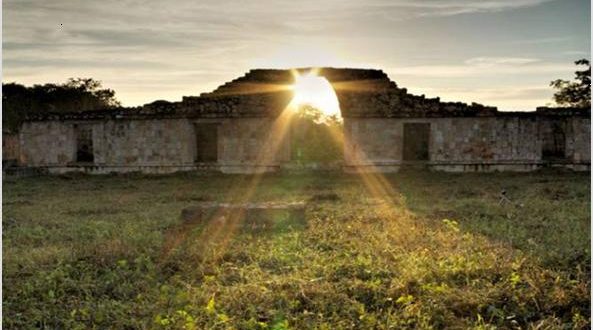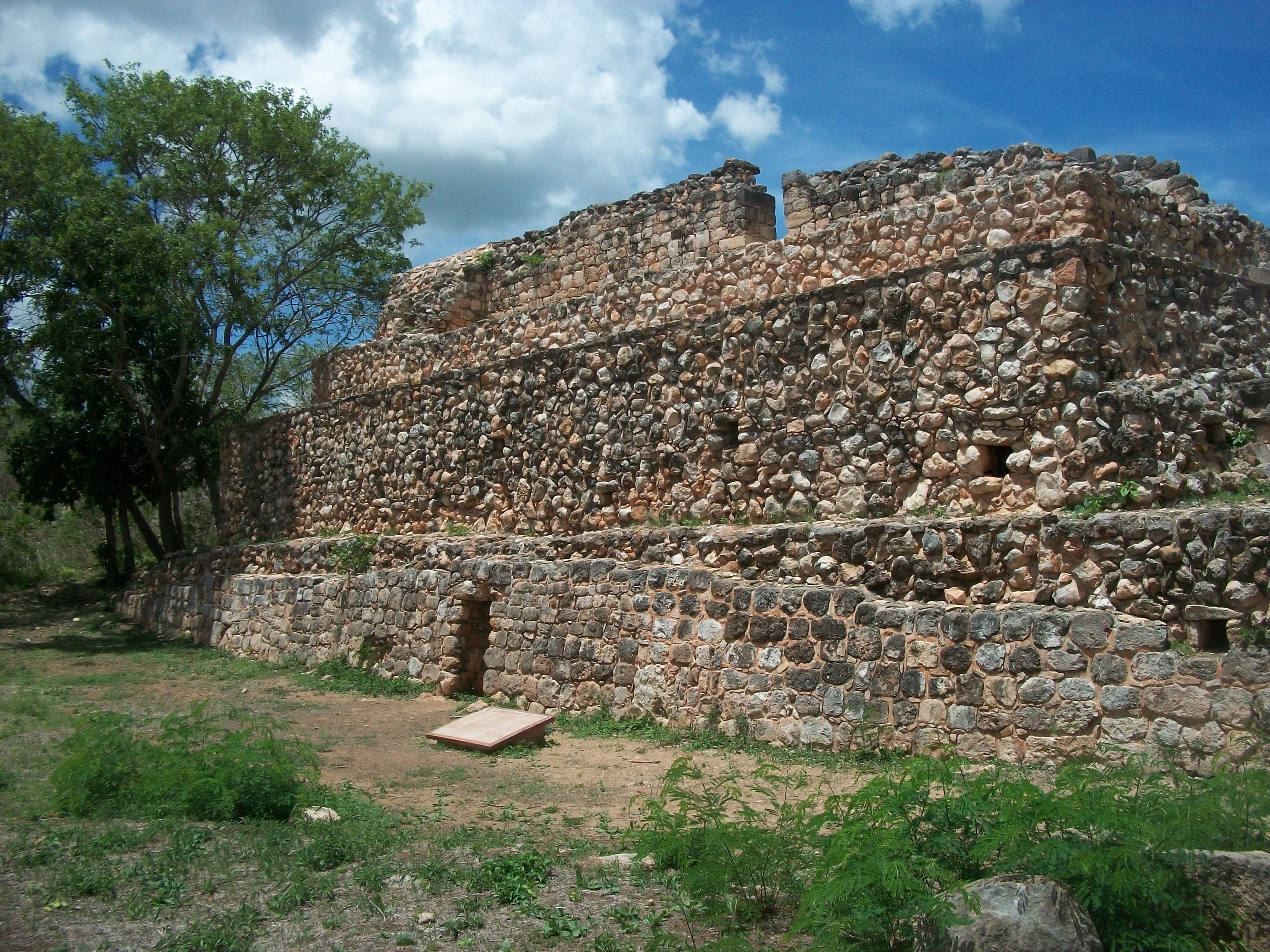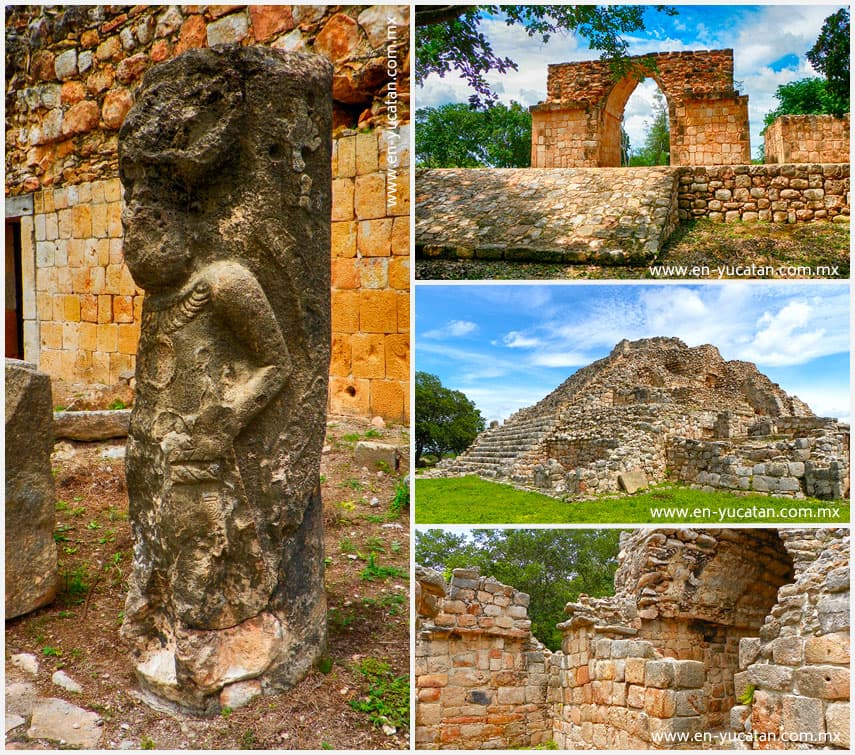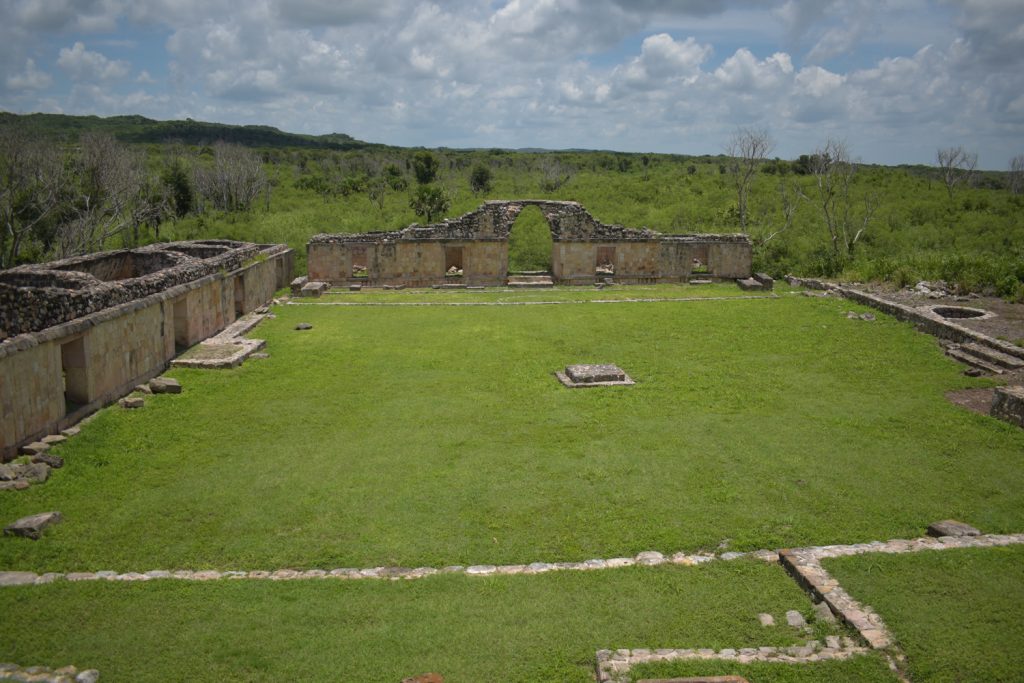Oxkintok is a pre-Columbian Maya archaeological site in the Puuc region of Yucatán, in southeast Mexico. There is no evidence of warfare, or famine to cause the abandonment of Oxkintok. Nor is there evidence for occupation after it had been abandoned around 1500 CE.
YUCATAN, (September 06, 2021).- Just four kilometers from the Maxcanú municipality, the customary plain that characterizes most of the Yucatecan territory begins to fade; in its place, an incipient mountain range full of vegetation rises, with an intense green interrupted only by colorful butterflies and enlivened by the singing of birds or the blowing of the wind; the haven of peace lengthens as you advance to the archaeological site of Oxkintok, which exercises symbolic authority over the surrounding beauty.

This pre-Hispanic settlement considered the oldest in the central region and with the longest period of occupation (500 BC-1450 AD) of the Puuc Route, keeps a historical and cultural richness as evidenced by its calendrical inscriptions, beautiful columns with the appearance of human, cisterns, caves, tombs, stelae, and pyramids; as well as the Satunsat, a gloomy labyrinth in which it is easy to get lost, with three levels that represent heaven, earth, and the underworld, according to the Maya conception of the origin and evolution of the universe.

In an area flanked by a wall of trees and joined by paths lined with stones at the ends, known as sacbés, the main architectural ensembles stand out: ‘Ah Dzib’, ‘Ah May’ and ‘Ah Canul’, seats of power of the most important lineages that make up the central nucleus known as the Great Plaza, which in one visit should go clockwise, to get to know them all without any escaping

Oxkintok, Mayan word that literally means: ‘ox’, three; ‘kin’, sun or day and ‘tok’, flint, can be translated as “the city of the three cutting suns”, whose shrines, deposits of offerings, and censers evoke another way of life, in a heyday in which it occupied a strategic position between the trade routes of the peninsula with other contemporary cultures of the Gulf of Mexico and the Central Highlands.

How to get to Oxkintok?
Leaving Merida heading south, it is about 74 kilometers of travel. First, you access federal highway number 180 Mérida-Campeche; Two kilometers before reaching Maxcanú municipality, at kilometer 57 the road forks, there you choose the road to Muna. After advancing 11 kilometers you will find a cruise, from there you continue in the direction of the Calcehtok caves. After advancing 1.5 kilometers further along the branch of the road, you will see another detour that, along four kilometers, leads directly to Oxkintok.
From the sign that indicates the road to Calcehtok, you can see the change of landscape with the appearance of a steep slope and, when entering the wooded area, the increase in the green tone that will contrast with the intense blue of the sky if it is a sunny day and with luck, on the way, you will be able to see deer, rabbits and different types of birds.

With the Maxcanú station, the Maya Train will bring more people to the area, so that they will have the opportunity to learn more about this ancestral culture and enjoy the refined architectural style that in a stage of development was called Proto-Puuc, distinguished by vaults that were no longer staggered to give way to flagstones and better stone carving, but with an urban complexity linked to the social order.
Source: Yucatan Ahora
TYT Newsroom


